Developed by Fallen Flag Studio and published by United Label, Eldest Souls is an indie Souls-like with a focus on boss battles and only boss battles. This boss rush features a great pixel art style, responsive controls and ten different bosses for you to fight. However, it can be a little unforgiving on your first playthrough.
In Eldest Souls, you assume the role of an unnamed warrior in a world where humans and gods have co-existed. However, one god, Eksyll, became greedy and convinced the other gods to enslave humanity. After centuries of this, Humanity rebelled against the Old Gods and imprisoned them within the confines of the Citadel. All was peaceful until Eksyll appeared again, after having experimented on his kin, which envelopes the land in darkness. Humanity’s last hope rests on the shoulders of a warrior wielding a greatsword made of the purest Obsydian, the only thing able to kill a god. Eldest Souls offers up a standard fantasy narrative, but it works well for the setup of all the bosses you’ll end up fighting. It also does a decent job at world building since it’s possible to learn more about the world and some of its history by chatting with NPCs or by reading notes that are scattered across the landscape.
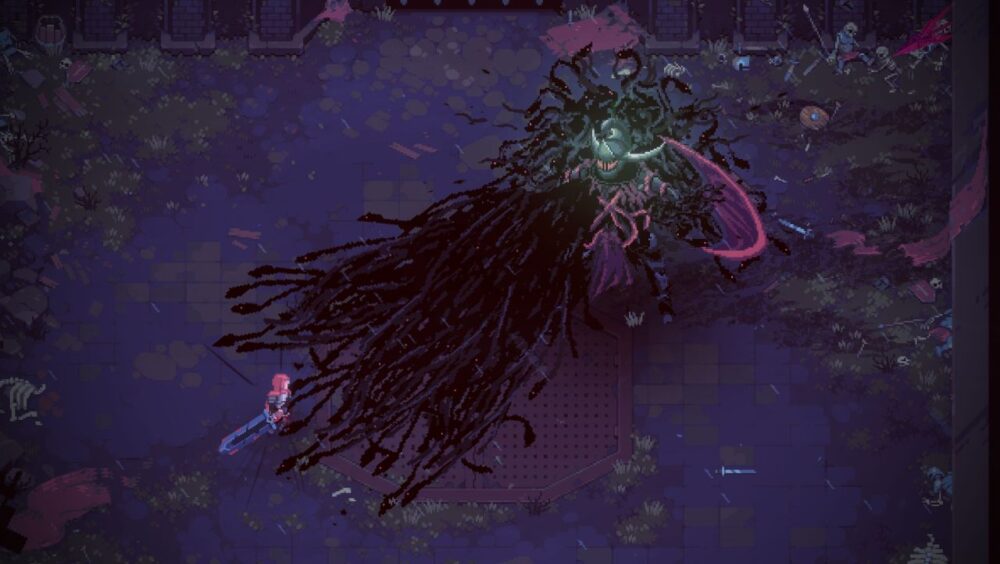
Eldest Souls is a pretty tough game, however, just like its inspirations, the challenge is quite a fair one, for the most part. The game has a stamina system, but it is only for your dash ability, meaning you can punish your enemy as much as you want until it becomes too dangerous to do so. The controls are also pretty tight and quite responsive, which is great because swinging the greatsword can be quite a slow process and every second counts. The game rewards aggression though, as there are no items for restoring your health but instead sees you charging up an attack and siphoning health from your enemy’s health pool into yours. The attack does take some time to charge up though, so it also becomes a situation of risk versus reward. You also don’t lose anything when you die since Eldest Souls has no form of currency. This makes it incredibly easy to retry a fight if you happen to get beaten down by one of the game’s bosses. This, combined with the fact that it’s possible to heal up and turn the fight around by stealing your opponent’s health makes it quite an addictive experience.

The bosses themselves have been designed pretty well. Each one feels distinctive when it comes to the challenge that they present. Not only are they a challenge to beat, but it’s a different challenge every time, so learning their movements and attacks is vital. They also change things up a bit when their health bar hits the halfway mark, either becoming more aggressive or changing forms or worst yet, a combination of both. Despite this, I never felt cheated when I was beaten down because I almost always knew what went wrong when it happened and was immediately ready to give it another go. It can be incredibly frustrating to take a boss down but at the same time, quite exhilarating. The ability to retry the fight straight away without having to backtrack definitely softens the blow a little.

Eldest Souls also offers you a selection of three combat styles to choose from: Windslide, Berserker Slash and Counter. As you obtain Skill Points, you can drop them into the nodes of one of the combat styles. You can only equip one of them at a time, but you can respec points at any time into one of the other styles with no penalty. This is great because it encourages experimentation if you happen to be struggling with a particular boss but also gives you a chance to find out which one best suits your play style. Bosses also drop shards when they’re defeated, allowing you to slot them into one of the nodes on your skill tree. Using the shard in the shard slot will grant an ability, while slotting it into one of your skills will alter its effect. There are a host of options for players to try out and the freedom to swap them out in between boss attempts is fantastic.
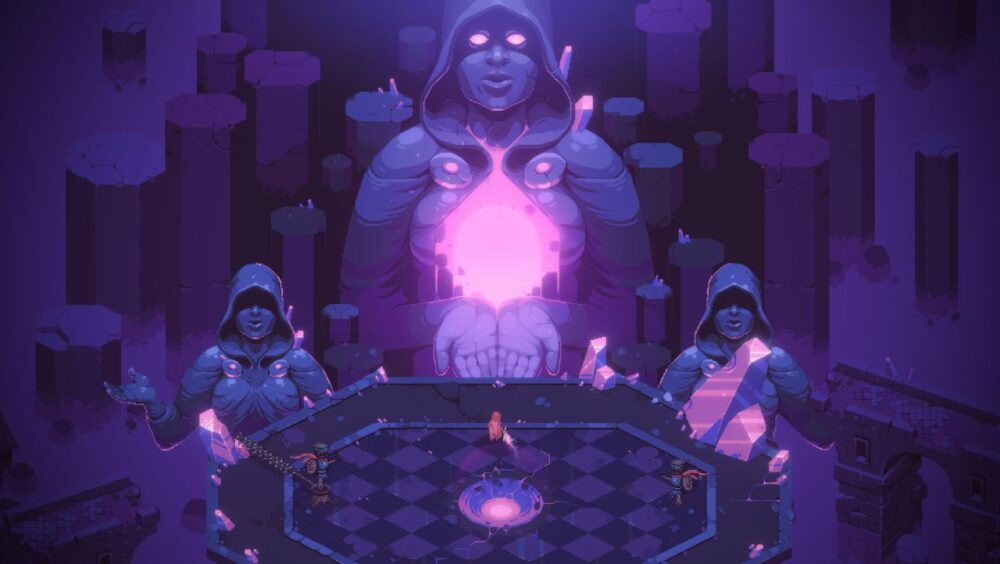
The only real gripe I have is that skill points aren’t exactly easy to come by. There are no standard enemies to grind, only the bosses themselves, who grant one skill point each when defeated. This doesn’t leave you with a lot of options when it comes to abilities in the early going. The game is designed in a way that encourages you to play through it multiple times, but it does take some time to open up during your first playthrough.
Visually, Eldest Souls has a beautiful pixel art aesthetic. The graphics convey an astounding amount of detail, with the design of the bosses and the environments you’ll pass through. Even the way one of the bosses sprouts tendrils looked incredible. It’s really quite great looking, both in handheld and docked mode. The audio is also quite great. There isn’t much-spoken dialogue, aside from the odd cutscene, but it’s done well. The soundtrack really hits the right notes, delivering subtle tones for when you’re walking around and then hitting you with music that is as cinematic as the fight happening on screen.
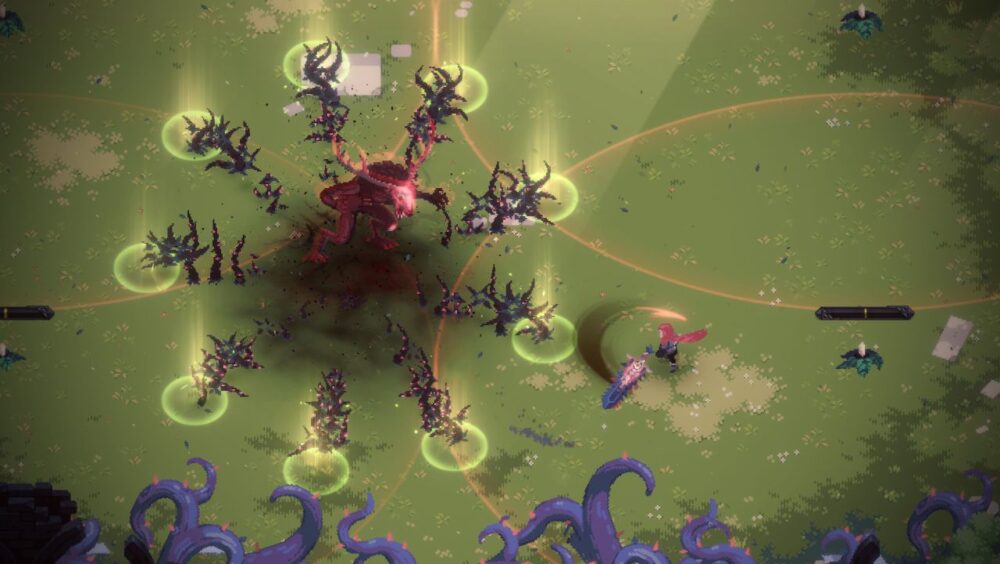
Eldest Souls is great. It manages to deliver a Souls-like in a gorgeous pixel art style. The story is some pretty standard fare but it manages to be a good backdrop for all the boss fighting that happens in the game. The gameplay, while challenging, never feels unfair and the controls are incredibly tight and responsive. I do wish that skill points were more available in the first playthrough though. Eldest Souls is quite a challenge, but it’s an addictive one that will keep players coming back for more.
Developer: Fallen Flag Studio
Platforms: Nintendo Switch, Microsoft Windows, Xbox Series X and Series S, PlayStation 5, Xbox One, PlayStation 4
Publishers: United Label, CI Games
This review is based on the Nintendo Switch version of the game which can be purchased here for £16.99.
Enjoy the review? want to read more of our reviews? then click right here to be whisked away to the realm of our opinions.

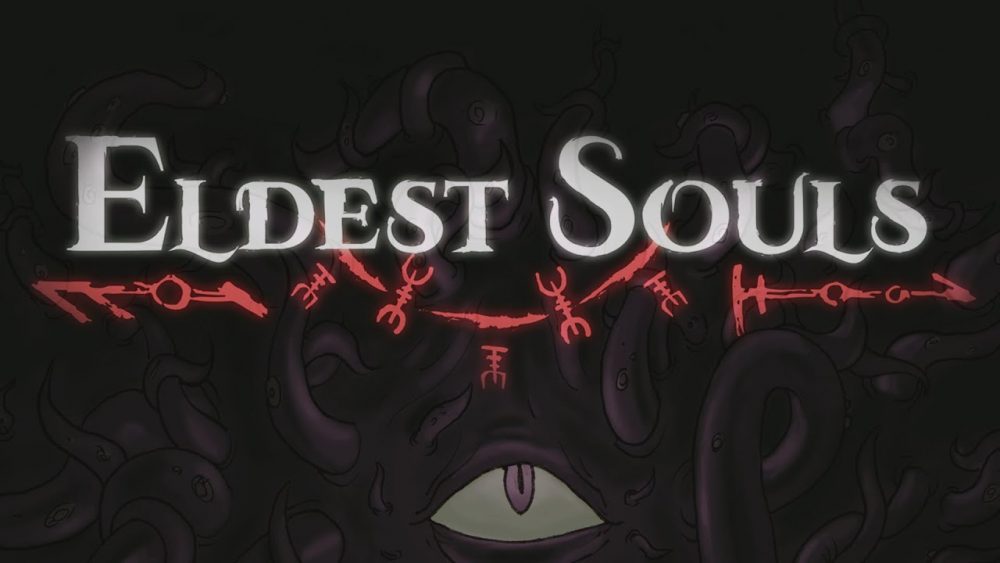





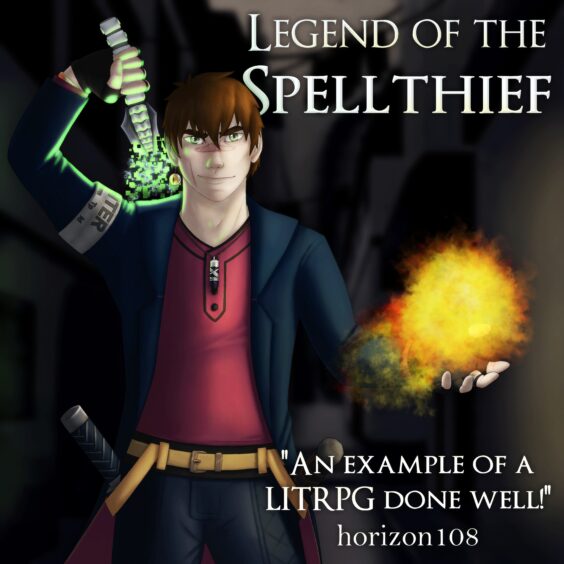
You must be logged in to post a comment.